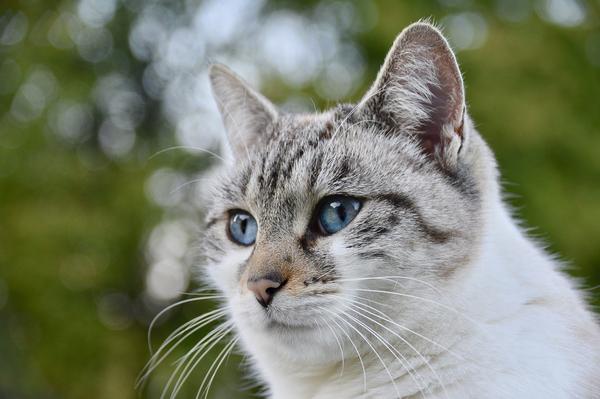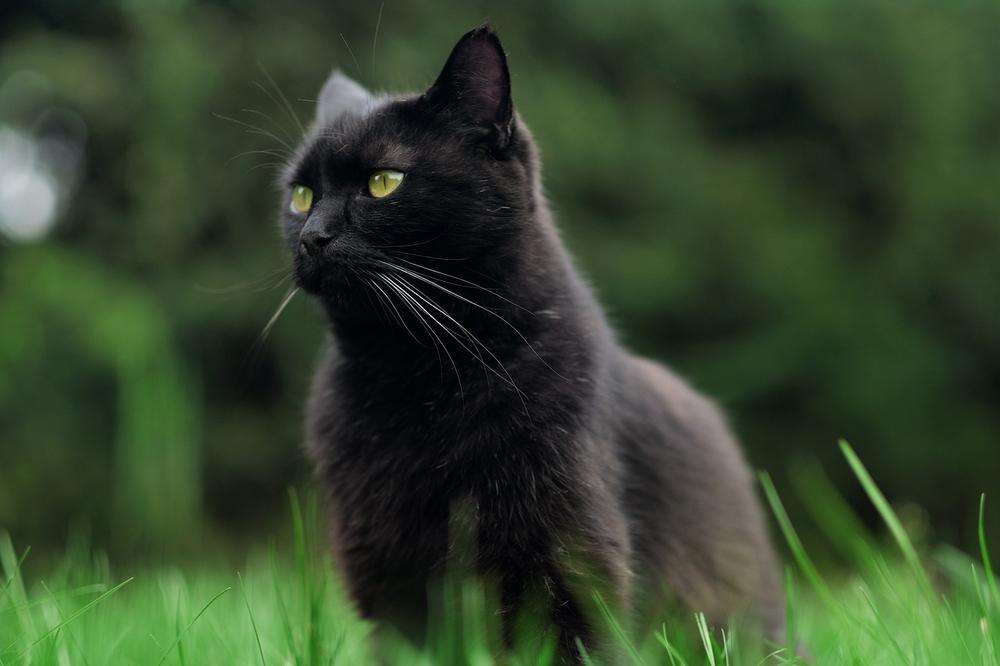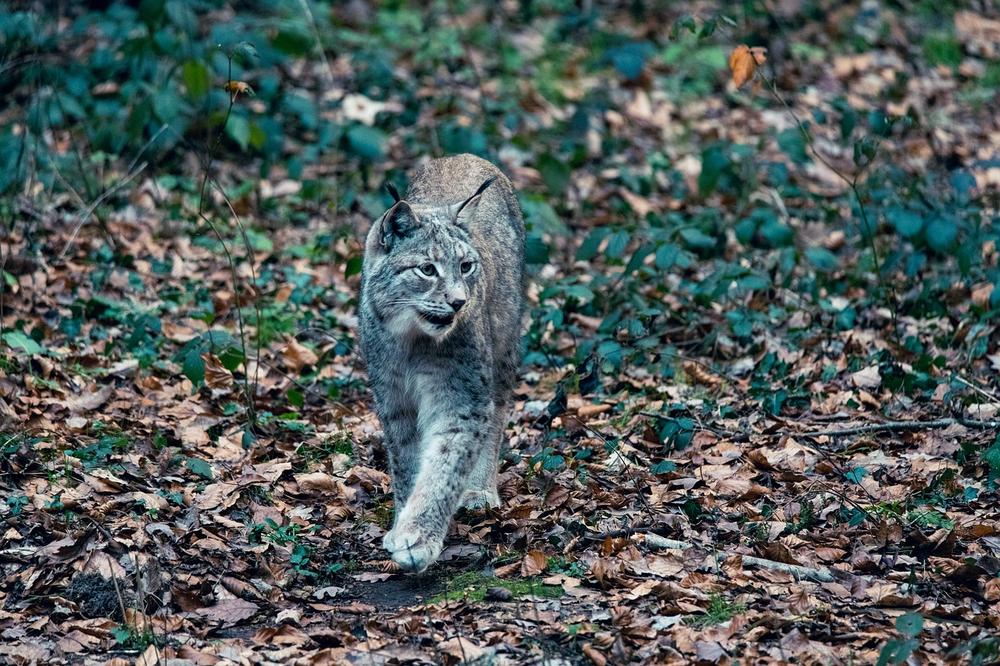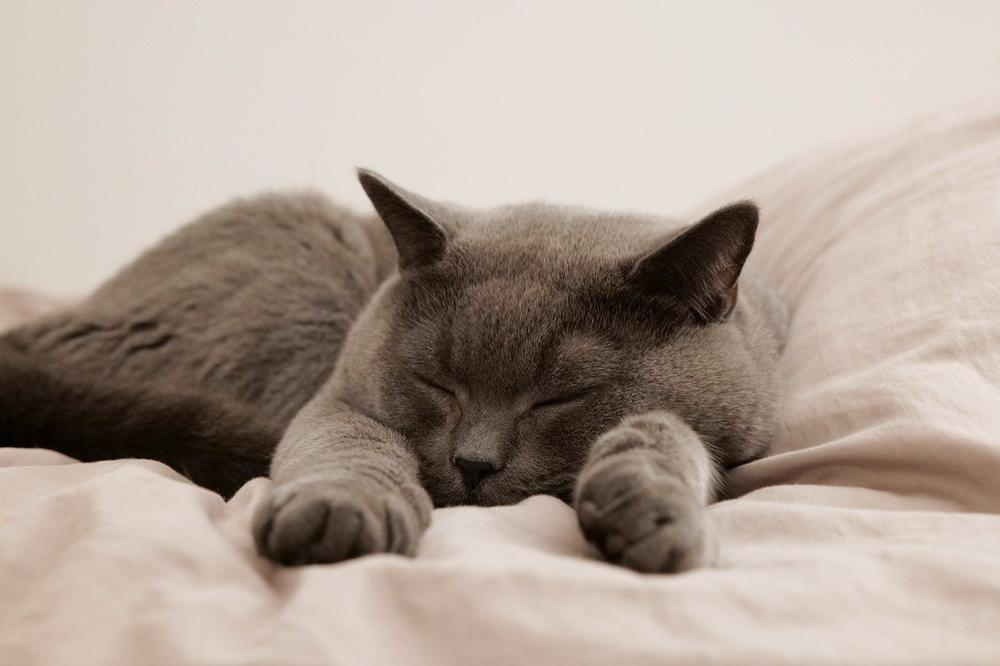Do Cats Get a Winter Coat? Well…

Winter is coming, and you're worried about your furry friend.
Will they be warm enough?
Will they grow a magnificent winter coat, like a magical transformation from fluff to fluffier? 😺
Don't worry, I feel ya.
These concerns have plagued cat owners for generations.
You're not alone in wondering what your little snow lion will do when the temperatures drop.
So let's dive into the fascinating world of feline winter coats and put your worries to rest.
Ready?
Let's unravel this winter mystery together.
Cat Winter Coat Development: Factors and Fur Growth
Here's what influences a cat's winter coat:
- Less daylight in fall makes hormones kick in.
- Temperature changes matter too.
- Breed, location, and how you heat your place affect fur growth.
- Sunlight is key for the coat to develop and shed.
In winter, cats need more food to make up for energy used to grow their fur.
Day and night dictate thickness and shedding, while temperature matters less. A cat's undercoat thickness depends on breed and climate.
All cats get a thick undercoat, even if they have short fur.
Hair grows 0.25-0.3 mm every day, faster in the fall.
Winter coats keep them warm, regulate temperature, and shield their skin.

They help maintain body heat.
If you have outdoor cats during super cold months, take extra care.
Watch out for antifreeze and signs of frostbite on their paws.
Keeping your cat safe and snug is crucial. 😺
Main points I'll expand upon further down this article:
- Changes in daylight hours trigger the growth and shedding of a cat's coat.
- Cats develop a winter coat in late fall when daylight is reduced.
- Cats in colder areas shed their winter coat twice a year, in late spring and late fall.
- Shedding is a natural and ongoing process for cats, occurring throughout the year.
- Even with a winter coat, cats can still feel cold, so owners should watch for signs of coldness and overheating.
- Indoor cats also go through seasonal shedding due to decreased sunlight.
- Domestic cats in consistent environments or mild winter areas may have less dramatic winter coat changes.
- Provide warm and cozy sleeping spots for your cat indoors, avoiding cold drafts and surfaces.
- Proper grooming is important to prevent matting and tangling of the cat's thick coat.
- Monitor for signs of hypothermia in cats, such as lethargy and seeking warmth.
But here's the intriguing part...
Did you know that the length of daylight is not the only factor that influences a cat's winter coat development?
In the next section, we will delve deeper into the various factors and mechanisms behind this fascinating process.
Get ready to uncover the mysteries of feline fur growth!
When Does a Cat’s Winter Coat Grow In?
Midfall marks the start of cats growing their winter coat, coinciding with decreased daylight hours.
As days become shorter, the cat's coat grows faster - a clear sign that molting is beginning.
Indoor or outdoor, it doesn't matter; cats always grow their coats in mid-fall and shed them in late spring.
Pay attention to this:
The cat's body naturally triggers shedding its thick undercoat as the days get longer.
Felines are influenced by the outside daylight and will grow their coats starting in late fall, shedding them come late spring.
And while I've shown you when a cat's winter coat grows in, there's another intriguing question that may pique your curiosity.
Have you ever wondered if cats shed more in the summer and if that's normal? To answer this question and provide you with insightful information, I encourage you to explore my blog post: Do Cats Shed More in the Summer.
Unveil the secrets of seasonal shedding and discover what's typical for our feline friends.
How Long Do Cats Shed Their Winter Coat?
Cats lose their winter fur in late spring (and sometimes in late fall too)
You know, cats have this amazing ability to change their coat with the seasons.
Usually, cats shed their winter fur in late spring as they switch to a lighter coat for summer.
So, if you start seeing fur on your sofa around that time, don't worry. It's just your cat saying goodbye to winter and hello to summer.
But here’s something cool:
In colder areas with harsh weather, cats may go through this shedding process twice a year. Yes, twice!
Apart from shedding in late spring for their summer coat, some cats in colder regions also shed again in late fall to prepare for their winter coat.
The shedding patterns can vary depending on the breed and climate
Every cat is unique, just like every person. And the same goes for how they shed.
The shedding of a cat's winter fur can vary based on different factors, such as breed and climate.
Some cats shed more than others, while certain breeds may have longer or denser fur that takes longer to shed.
So, if you notice small clumps of fur flying around your living room, know that it's a natural and ongoing process for cats—they shed throughout the year.

It’s all part of how they keep themselves groomed!
Spring and fall are prime times for shedding
Ah, spring—the season of blooming flowers, chirping birds, and cats shedding like crazy.
You see, spring and fall are the two seasons when cats tend to shed the most.
As the temperature changes and nature transitions, cats naturally shed their fur to prepare for new coats.
During these seasons, cats replace their winter fur as they get ready for warmer weather or gear up for the chilly winter ahead.
So, if you find yourself constantly vacuuming up furballs during these times, just know—it's all part of being a cat owner.
But what about indoor cats?
Do they still go through seasonal shedding even if they don't face harsh weather conditions?
Well, the answer may surprise you... Even indoor cats experience a decrease in sunlight during the winter months, which triggers their seasonal shedding.
So, whether you have an outdoor explorer or a cozy indoor companion, understanding how to keep your cat comfortable during the colder seasons is essential.
Let's delve into this fascinating topic further...
Do Cats That Live Indoors Develop Winter Coats?
Indoor cats and winter coats, huh?
You might think that cats who live indoors don't need to worry about growing a winter coat, but you'd be mistaken.
Even indoor cats go through seasonal shedding thanks to the decrease in sunlight during the winter months.
That's right, it's all about the sun!
So, here's the deal: Cats still grow a winter coat if they have enough exposure to sunlight—even if they don't necessarily need that extra insulation.
It's just how their bodies work.
Nature, am I right?
Now, as an owner, you want to make sure you provide easy access for your cat to come back inside when it needs warmth.
You know, kind of like turning up the heat at home when you're feeling a little chilly. Plus, taking measures to keep them comfortable both indoors and outdoors is crucial.
But here's the thing:
Seasonal shedding is influenced by sunlight rather than temperature, so even our indoor kitties experience it. Domestic cats in consistent environments or mild winter areas may have less dramatic winter coat changes, but trust me, it still happens.
So, make sure you provide warm and cozy sleeping spots for your cat in the house.
Avoid those cold drafts and surfaces, okay?
And if you do allow them outside, make sure they have shelter and bring them inside at night for their own comfort and safety.
You've got this, cat owners!
Now, here's the deal...
While you ought to understand how cats develop winter coats, there are other factors to consider when it comes to their in essence winter care.
And let me tell you, dressing hairless cats in sweaters and booties is just the tip of the iceberg!
Keep reading to find out the best ways to tackle shedding, grooming, and even signs of hypothermia in your feline friend.
Trust me, it's vital information every cat owner should know...
How to Deal With Your Cat Shedding Its Winter Coat?

To keep your cat happy and healthy in winter, here are 10 handy tips for handling their shedding:
- Take proper care of them when it's chilly outside.
- Adjust their diet to keep them cozy.
- Regularly groom older cats to avoid knots and tangles.
- Use the right tools for brushing and reducing shedding.
- If your fur baby is hairless, dress them up in sweaters and booties to keep warm.
- Always brush them to get rid of shed hair and prevent any skin issues.
- Keep their coat and skin in good shape to minimize hairballs and potential skin problems.
- Tackle cat hair with lint rollers and vacuum cleaners.
- Watch out for signs of hypothermia like laziness and shivering.
- Don't hesitate to contact a vet if needed. 🐾
Ensure your cat stays comfortable and in good health during the winter season by executing these instructions.
And that wraps up today's article.
If you wish to read more of my useful articles, I recommend you check out some of these: Do Cats Get Dandruff in Winter, Do Cats Pant When Hot, How Long Does It Take for a Cat to Give Birth After Her Water Breaks, and How Cold Can Cats Survive Outside
Talk soon,
-Sarah Davis